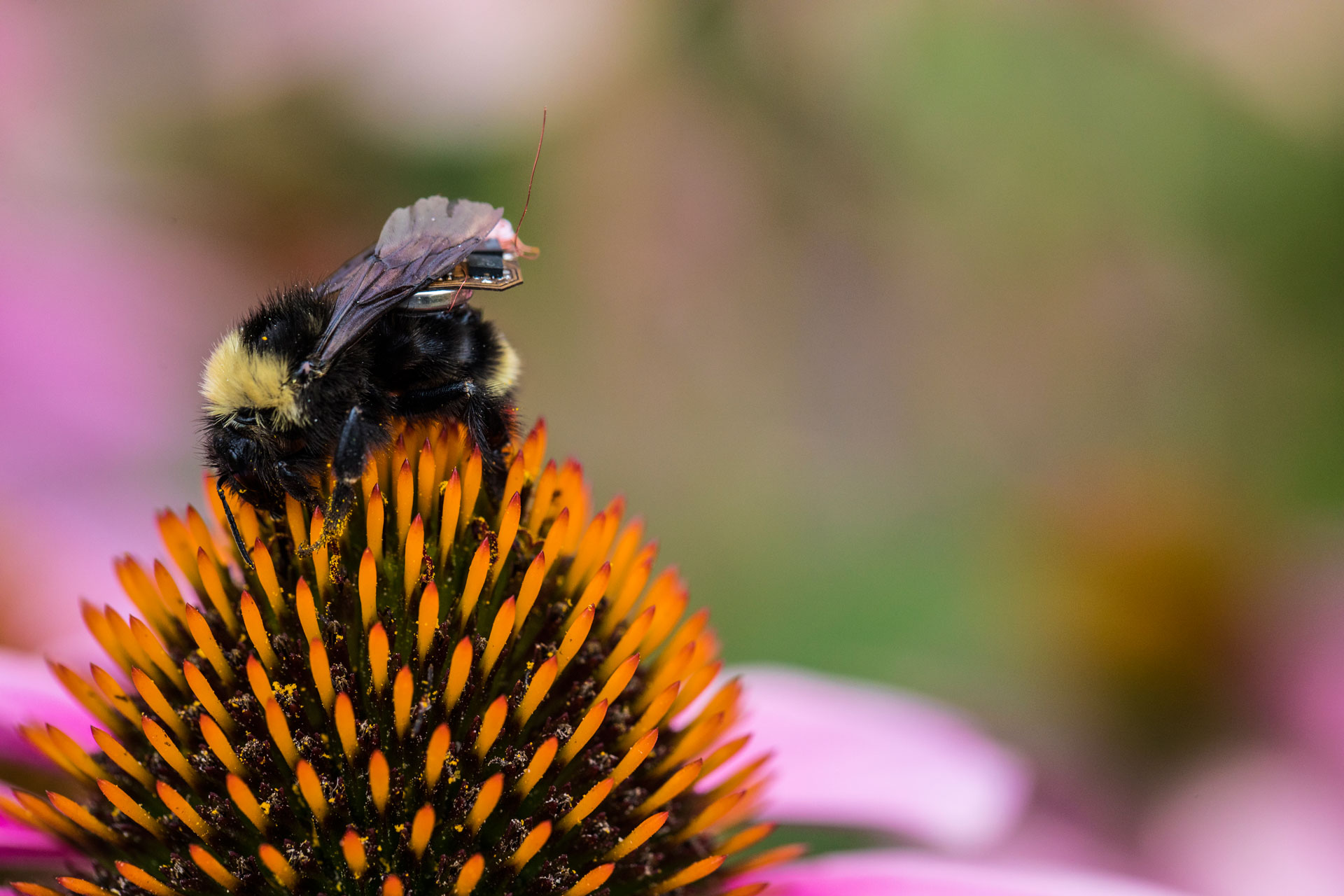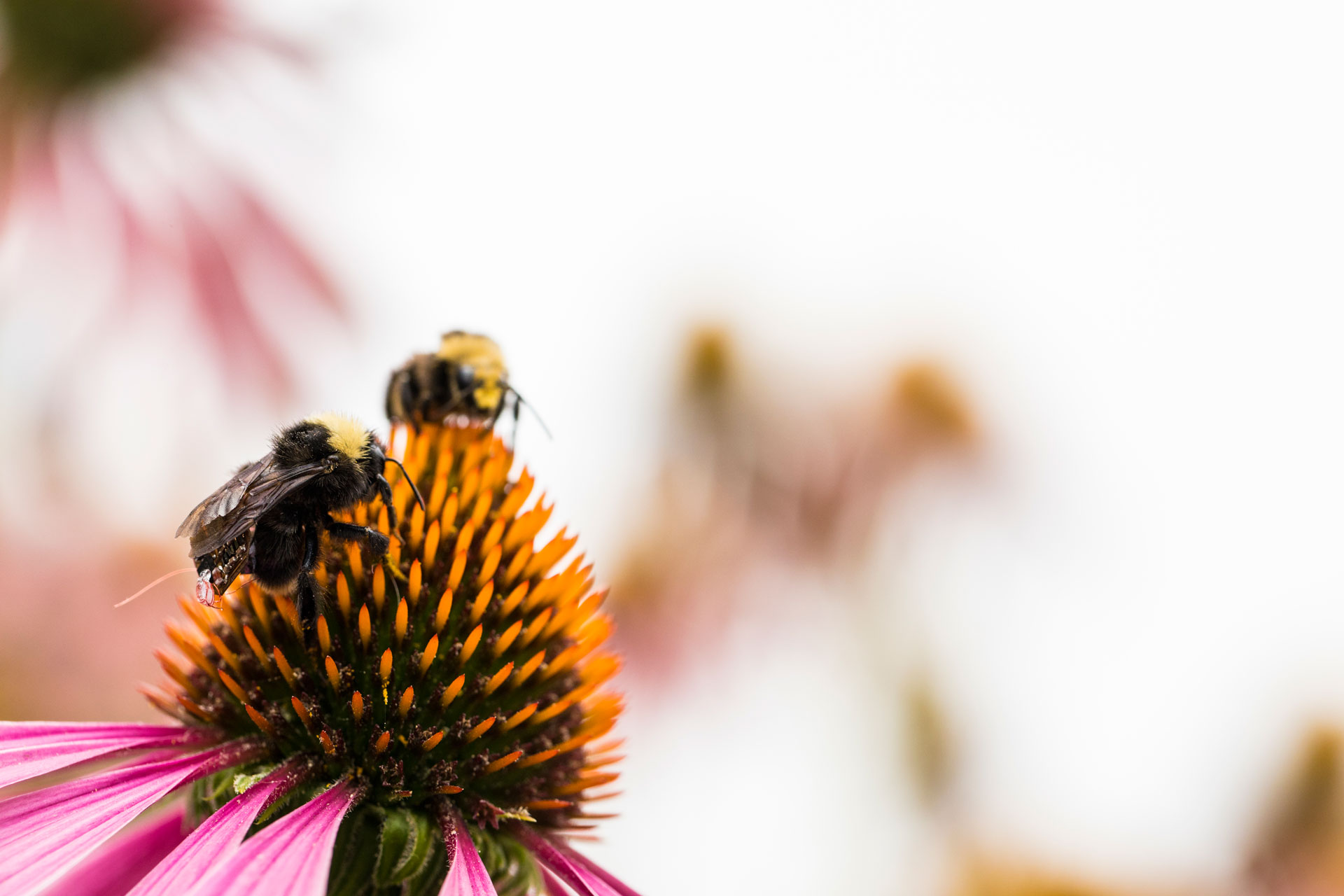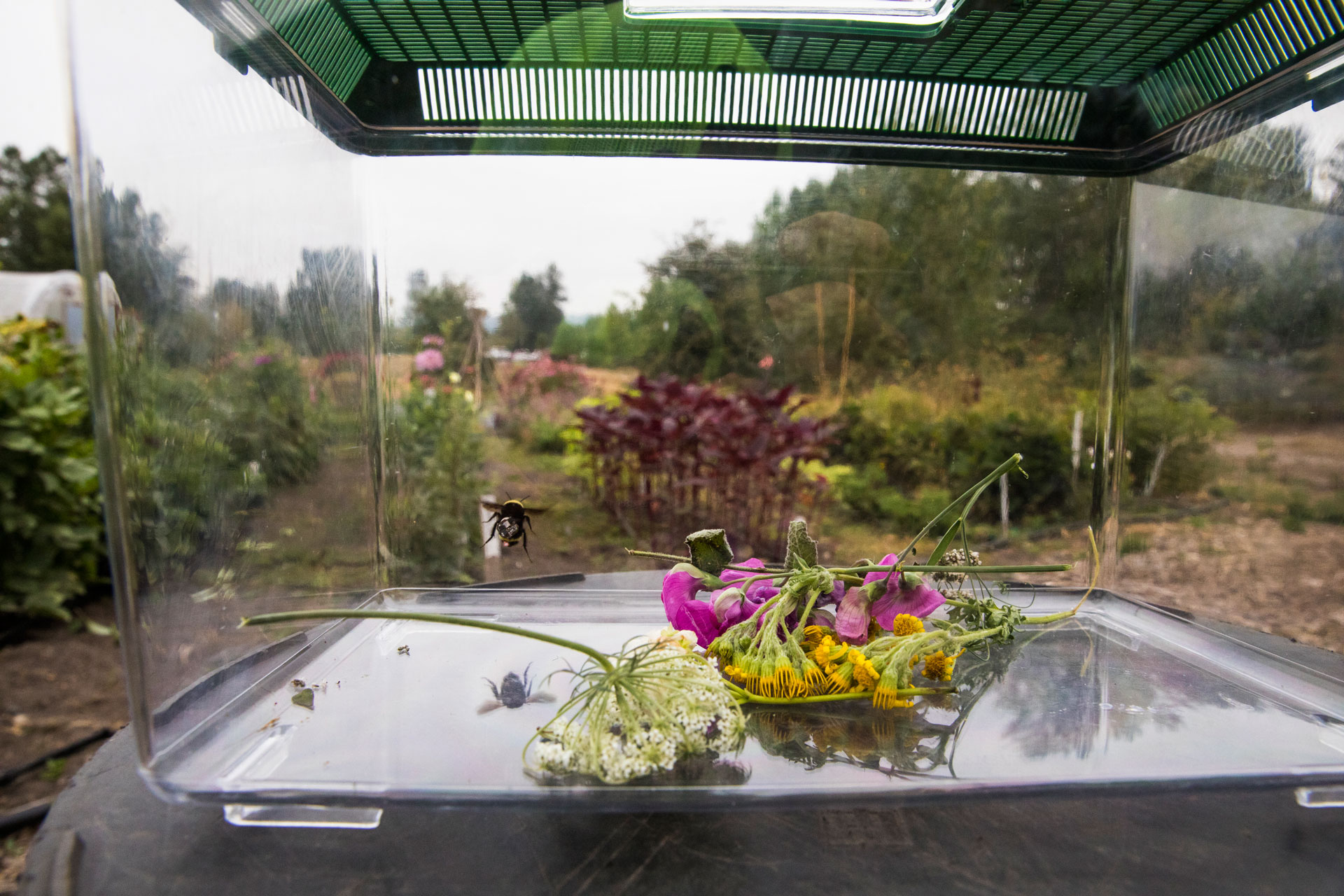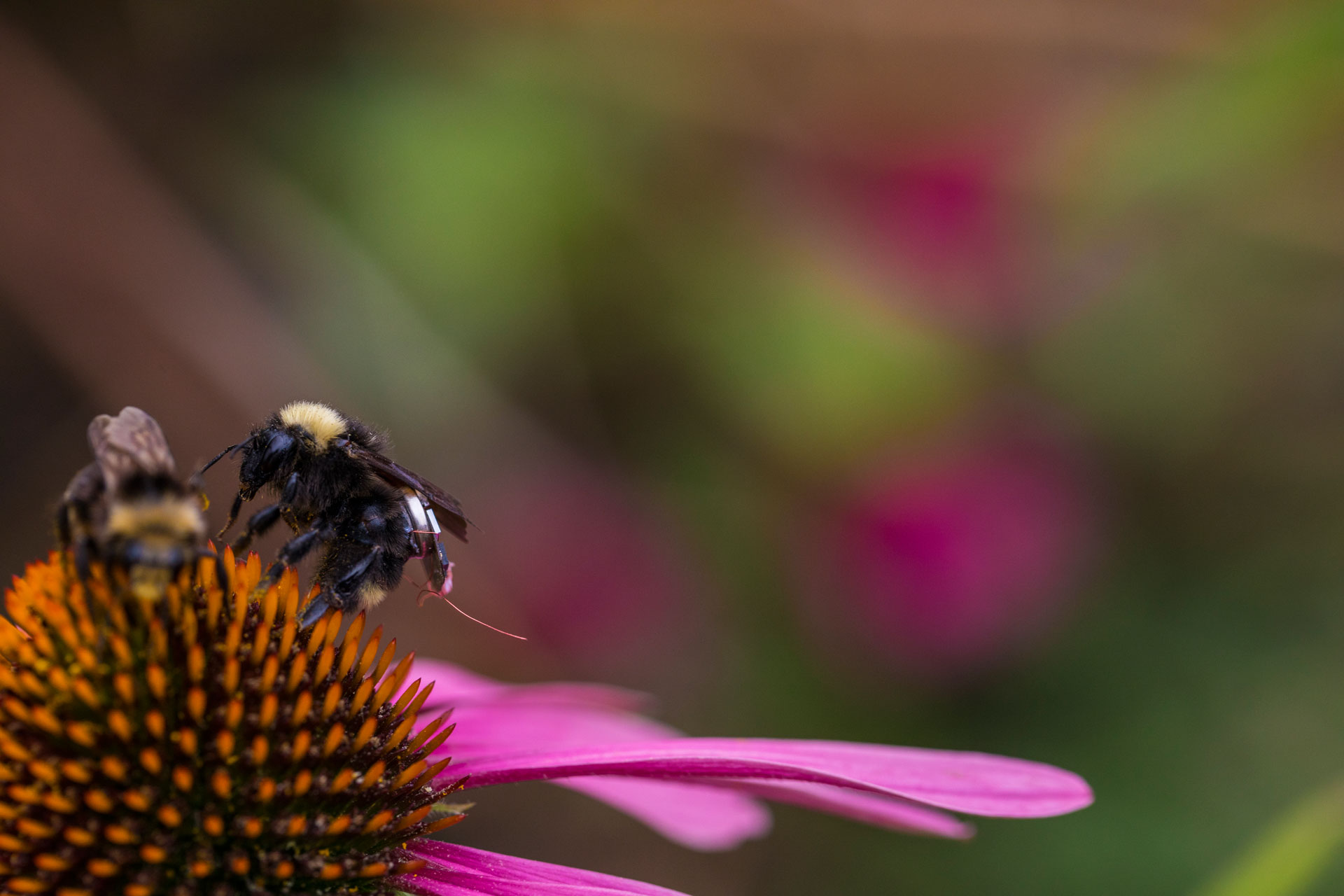Living IoT
A Flying Wireless Platform on Live Insects

What is Living IoT?
Sensor networks with devices capable of moving could enable applications ranging from precision irrigation to environmental sensing. Using mechanical drones to move sensors, however, severely limits operation time since flight time is limited by the energy density of current battery technology. We explore an alternative, biology-based solution: integrate sensing, computing and communication functionalities onto live flying insects to create a mobile IoT platform.
Such an approach takes advantage of these tiny, highly efficient biological insects which are ubiquitous in many outdoor ecosystems, to essentially provide mobility for free. Doing so however requires addressing key technical challenges of power, size, weight and self-localization in order for the insects to perform location-dependent sensing operations as they carry our IoT payload through the environment. We develop and deploy our platform on bumblebees which includes backscatter communication, low-power self-localization hardware, sensors, and a power source. We show that our platform is capable of sensing, backscattering data at 1 kbps when the insects are back at the hive, and localizing itself up to distances of 80 m from the access points, all within a total weight budget of 102 mg.
People
Students
Vikram Iyer
Rajalakshmi Nandakumar
Anran Wang
Faculty
Sawyer B. FullerShyam Gollakota
Contact: livingiot@cs.washington.edu
Publications
Living IoT: A Flying Wireless Platform on Live Insects [PDF][PPT]
Vikram Iyer, Rajalakshmi Nandakumar, Anran Wang, Sawyer B. Fuller, Shyamnath GollakotaMobicom, 2019




